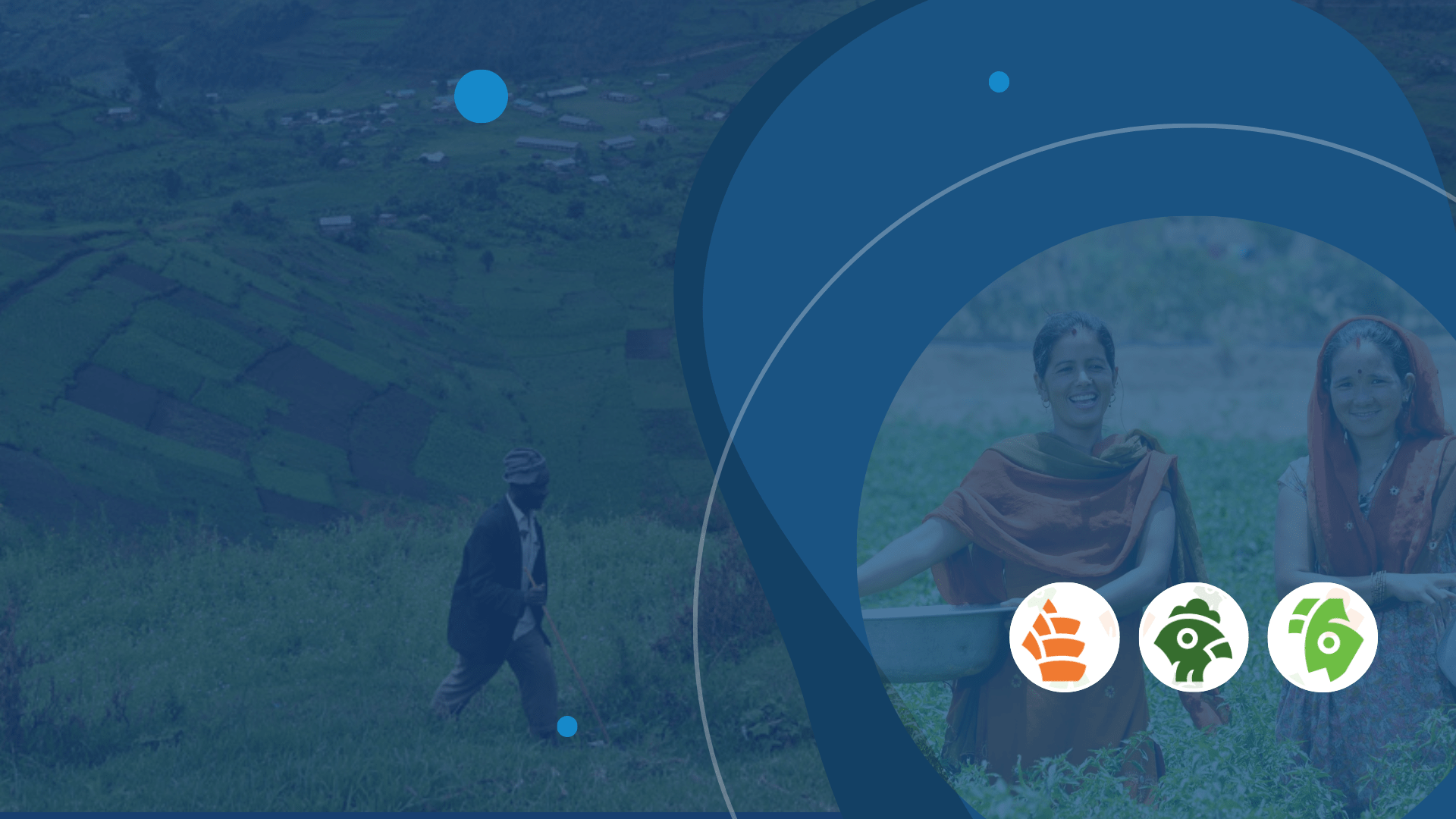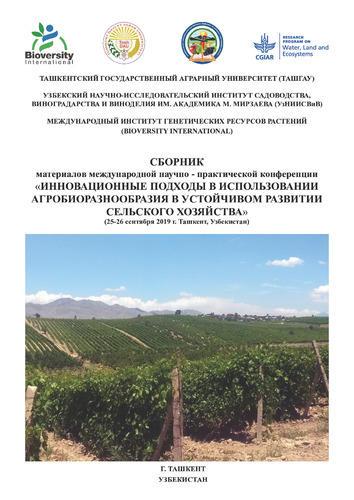Diversity assessment tool for agrobiodiversity and resilience (DATAR)

The Diversity Assessment Tool for Agrobiodiversity and Resilience (DATAR) is a new open-source pilot software platform with a web interface, the DATAR Web Portal, and an Android App that will allow the integration of diverse crop varieties, livestock breeds, and aquatic farmed-types into decision-making plans.
The gender- and age-sensitive tool provides national programs with the ability to: (i) assess the constraints encountered by farmers and farming communities to be able to benefit from the use of their own local crop and animal biodiversity, and (ii) to use this diversity to improve local agricultural productivity and agroecosystems resilience.
This step-wise tool provides a portfolio approach to interventions determined by whether the constraint is due to (a) the lack of sufficient diversity of crop varieties and animal breeds within the production system; (b) the lack of access by farmers to available diversity, (c) the limitations in information on the performance of varieties available in key aspects, and (d) the inability of farmers and communities to realize the true value of the materials they manage and use.
The DATAR application has three main modules:
- Agrobiodiversity Data. This module gives methods of data collection and analysis depending on the sector (crop, livestock, etc.).
- Agrobiodiversity Interventions. Following the analysis and calculation of indicators in the first module, DATAR users are guided into the intervention/decision tree.
- Agrobiodiversity Impact. Comparing baseline data and final data collected after applying interventions available in the decision tree, an analysis of impacts on agrobiodiversity is made and indicators calculated.
Multi-lingual -- DATAR is now available in English, French, Spanish, Russian, Italian and Chinese, and a flyer in Arabic. If you go to the website link you can change to anyone of these languages.
In what context is this tool useful?
The DATAR tool allows local, national and international development organizations to integrate intra-specific diversity into their decision-making plans. The tool is useful for national programs wanting to determine when and where there is sufficient crop variety and animal breed diversity available for farmers to meet their environmental and socio-economic demands and improve their production landscapes.
DATAR can also be applied in agricultural development and climate resilience planning, focusing on agrobiodiversity, because it has the capacity to provide farmers worldwide with:
- Data on crop varieties, livestock breeds, and aquatic farmed-types and their functional traits
- Where to get the crop seeds, animal breeds, and aquatic farmed types: from local communities to public and private companies.
Results achieved
- The use of DATAR in Uganda has allowed the identification of a portfolio of common bean varieties that grown together have significantly reduced the impact of bean fly (Ssekandi et al., 2016;) and anthracnose in farmers’ fields (Olango et al, 2017).
- In the highlands of Nepal, DATAR has assisted national programs in identifying what varieties are best for distribution as diversity kits, or use in participatory varietal selection and participatory plant breeding for in situ crop improvement (Sthapit et al., 2019).
- In Uzbekistan, data coming from a stepwise application of focus group discussions, household surveys, and empirical experiences from cultivating fruit trees on farm has been used to identify diversity gaps and link farmers to diverse seed suppliers, from community nurseries to national companies, who can provide them with diverse sets of planting materials for saline and drought conditions (Buriev et al., 2017).
7. Variations on this method
No variations of this tool have yet been developed
Contact people
Devra Jarvis - [email protected]
Isabel López-Noriega - [email protected]
Agnes Fonteneau - [email protected]
Paola De Santis - [email protected]

